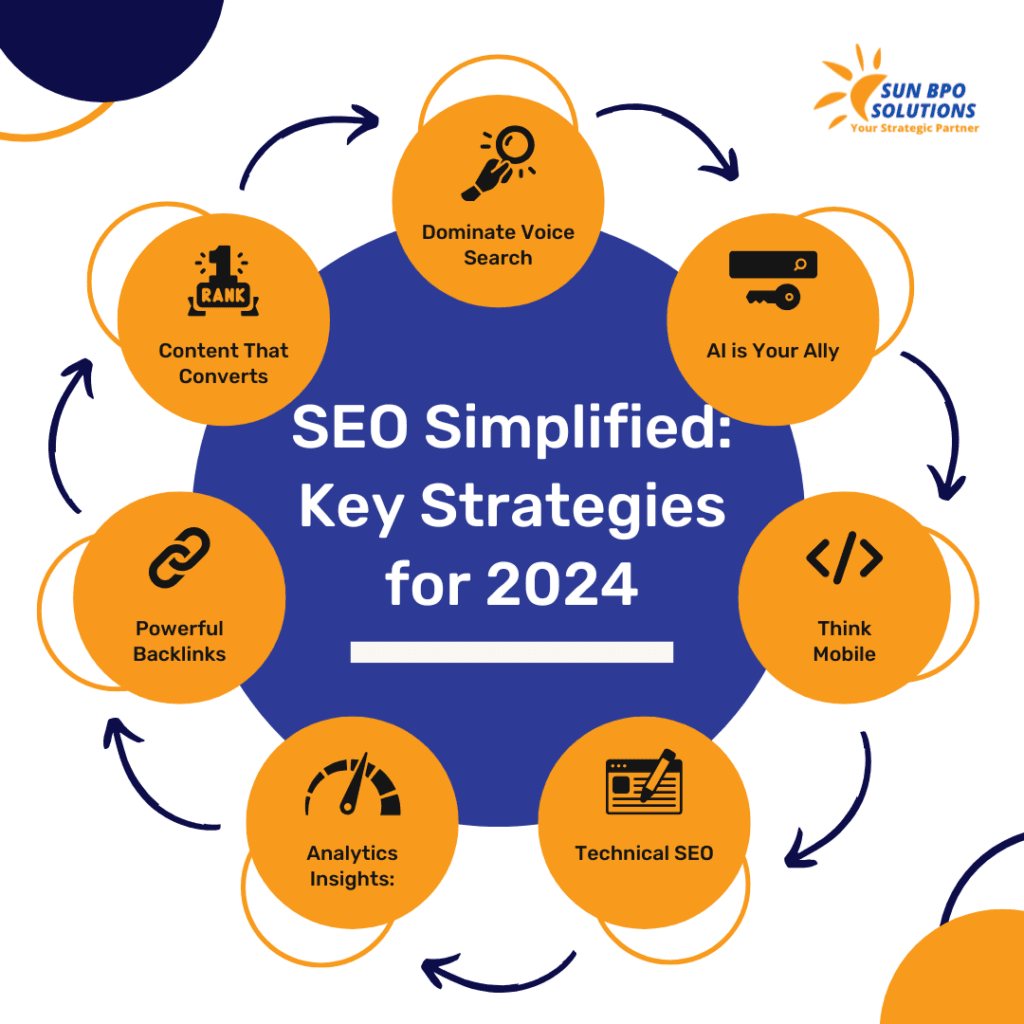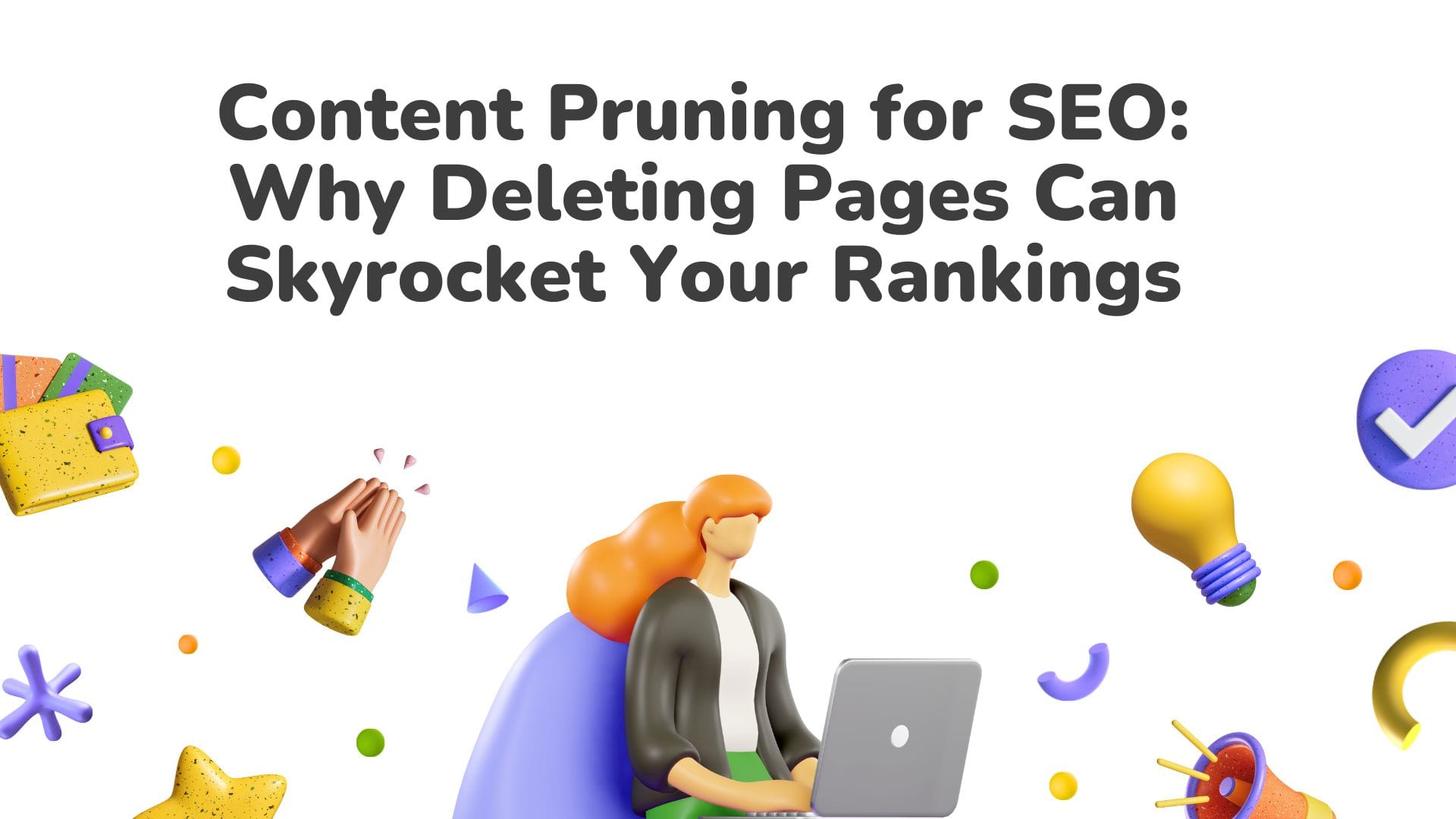Table of Contents
Introduction: Content Pruning SEO
In the ever-changing world of search engine optimization, more content doesn’t always mean better rankings. Many businesses think that publishing more pages will automatically boost visibility, but in reality, irrelevant, outdated, or underperforming pages can harm your SEO. This is where content pruning SEO comes into play—a strategic process of removing or consolidating low-value content to improve your site’s authority, user experience, and rankings.
In this post, we’ll explore why deleting pages can actually increase your search visibility, the role of an SEO content strategy, and how an SEO content manager can execute pruning without hurting your traffic.
What is Content Pruning in SEO?
Content pruning SEO refers to the practice of removing web pages that no longer add value to your website’s performance. These could be outdated blog posts, duplicate product pages, or thin content that doesn’t serve your audience.
Unlike adding new blog posts for growth, content pruning focuses on improving quality over quantity. Search engines, especially Google, reward websites that offer SEO optimized content that is relevant, up-to-date, and useful.
Signs You Need to Start Content Pruning
A professional SEO content manager or strategist will typically recommend content pruning when:
- Internal linking is spread too thin across low-quality pages.
- Traffic is dropping despite regular publishing.
- Bounce rates are high on certain pages.
- Duplicate or outdated content exists in large numbers.
- Google Search Console reports indexing issues.

Why Deleting Pages Can Improve Your Rankings
✅Search engines have a crawl budget—the number of pages they index per visit. By pruning irrelevant pages, you allow crawlers to focus on your SEO optimized content, increasing the chances of ranking valuable pages higher.
✅A strong SEO content marketing approach prioritizes pages that align with your target audience’s search intent. Removing irrelevant content makes your site more relevant to the keywords you actually want to rank for.
✅With fewer, high-quality pages, your internal linking structure becomes stronger, sending clear ranking signals for important topics within your SEO content strategy.
✅Visitors don’t have to dig through outdated or irrelevant pages to find what they need, leading to better engagement metrics that search engines value.
By merging similar posts into one high-quality, SEO optimized content piece, you consolidate ranking signals and backlinks into a single page, making it more powerful.
How to Prune Content Without Hurting SEO
If not done strategically, content pruning can lead to traffic loss. A skilled SEO content optimizer will follow these steps:
- Audit Your Existing Content – Use analytics tools to identify low-performing pages.
- Decide Whether to Delete or Update – Not all pages need removal; some can be refreshed with updated keywords and new data.
- Redirect Deleted Pages – Use 301 redirects to guide users and search engines to related content.
- Merge Similar Pages – Combine thin content into a comprehensive, SEO optimized content page.
- Track Results – Monitor keyword rankings, traffic, and engagement after pruning.
Best Practices for Content Pruning in an SEO Content Marketing Strategy
- Schedule a quarterly content audit to keep your site fresh.
- Work with an SEO content manager to ensure consistent updates.
- Use tools like Google Analytics, Ahrefs, or SEMrush to assess page value.
- Keep your SEO content strategy aligned with business goals.
Future Outlook for Content Pruning in SEO
As Google’s algorithms continue to prioritize quality over quantity, content pruning SEO will become a standard best practice. Businesses that regularly optimize and remove irrelevant pages will stay ahead in rankings, while sites that keep outdated content will risk visibility drops. An SEO content optimizer will be essential in keeping your site competitive in the years ahead.
How Content Pruning Influences SEO Performance
Final Thoughts: Don’t Let Old Content Hold You Back
Content pruning is not about cutting content—it’s about growing your site’s authority and relevance. When done correctly, deleting outdated pages can actually help your site rank higher, attract more traffic, and improve user experience.
If your site hasn’t been pruned in over a year, now is the time to run an audit, identify weak pages, and optimize your content strategy for maximum SEO performance.
Book your free digital marketing audit today.
Stay updated with SunBPO Solutions for the latest trends, insights, and strategies to keep your business ahead of the curve!
Frequently Asked Questions (FAQs)
Is deleting content bad for SEO?
No—if done strategically, deleting irrelevant content can actually improve rankings by making your site more authoritative.
How often should I prune content?
Most experts recommend reviewing your content every 3–6 months as part of your SEO content strategy.
Can content pruning improve site speed?
Yes—removing unnecessary pages can improve site performance, which positively impacts SEO.





0 Comments